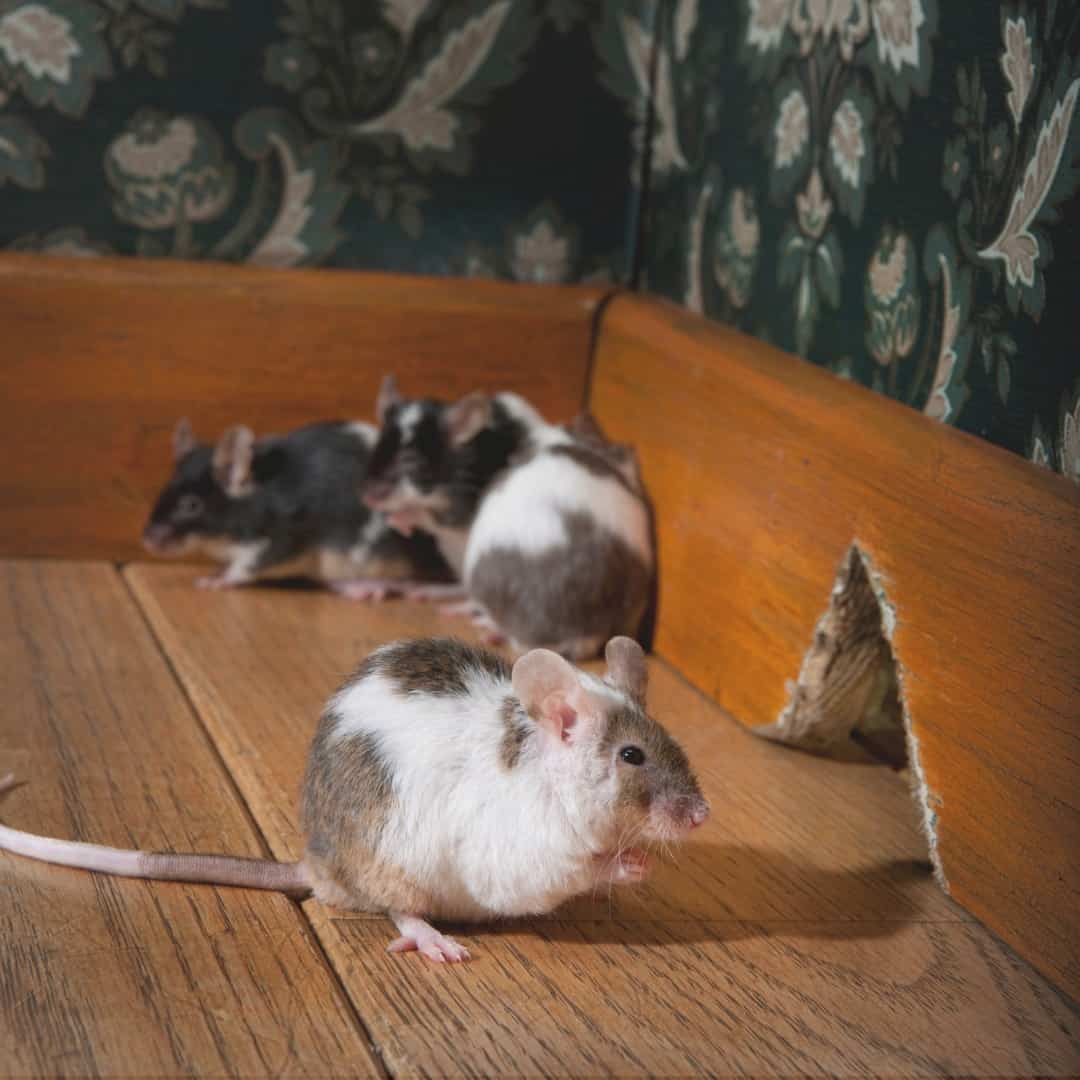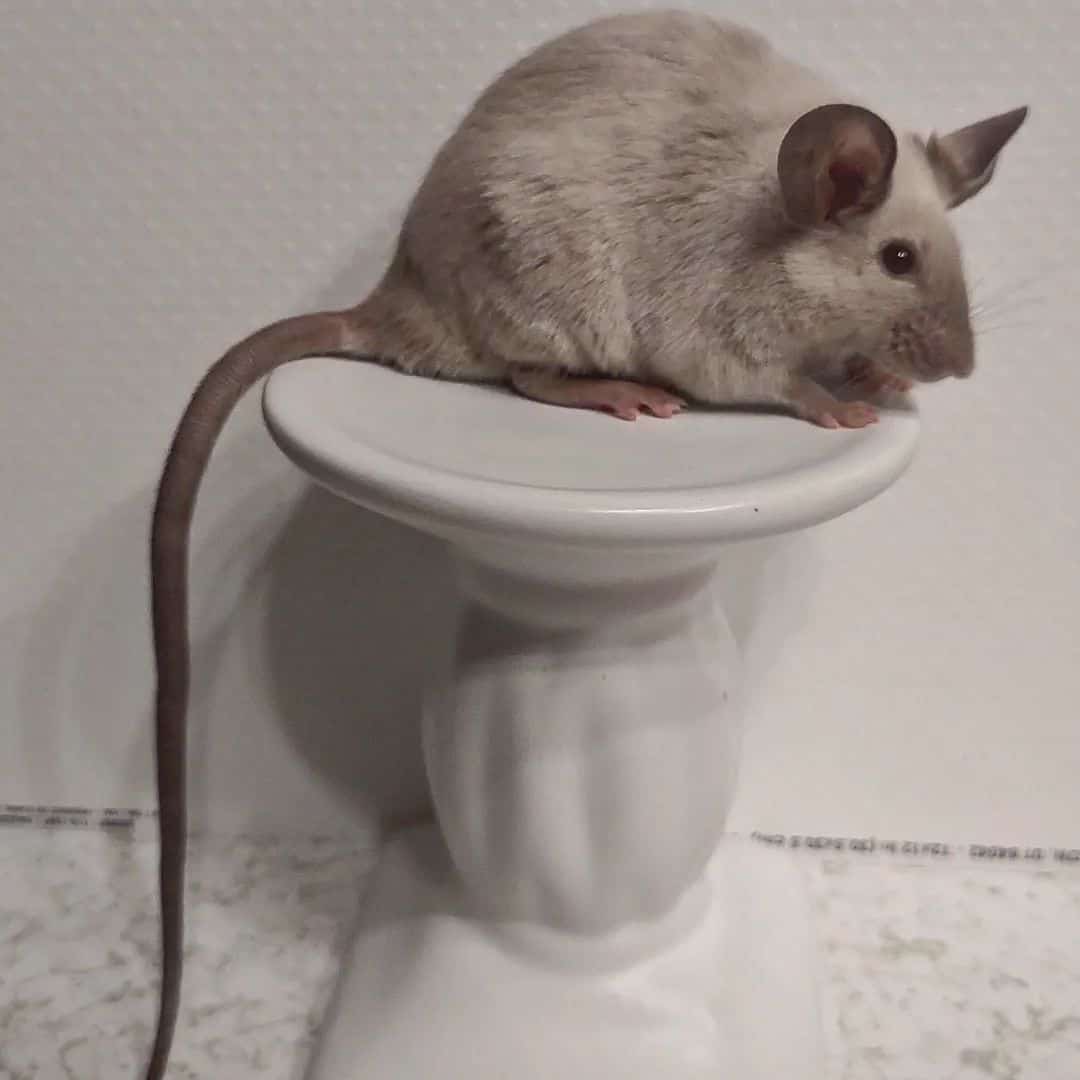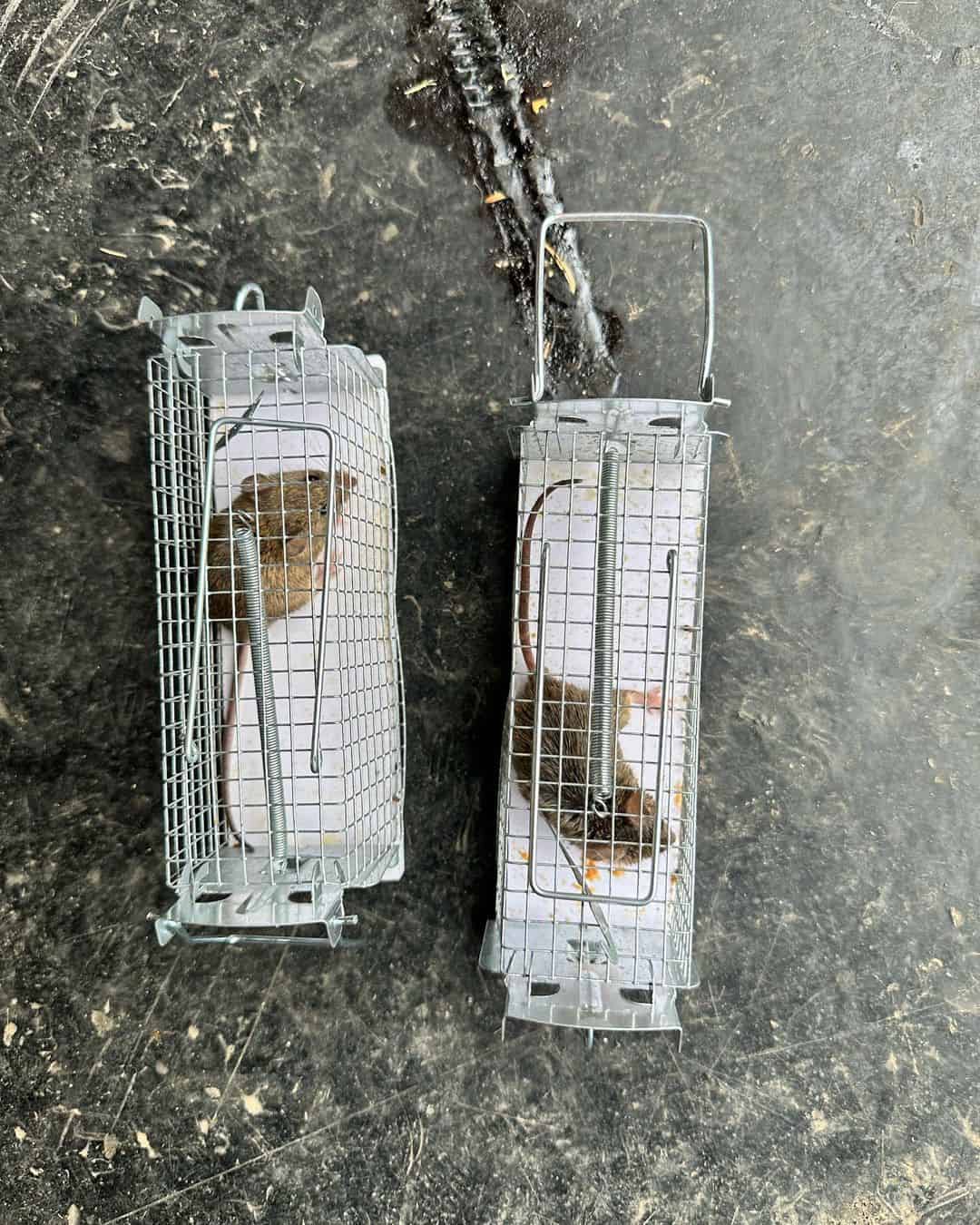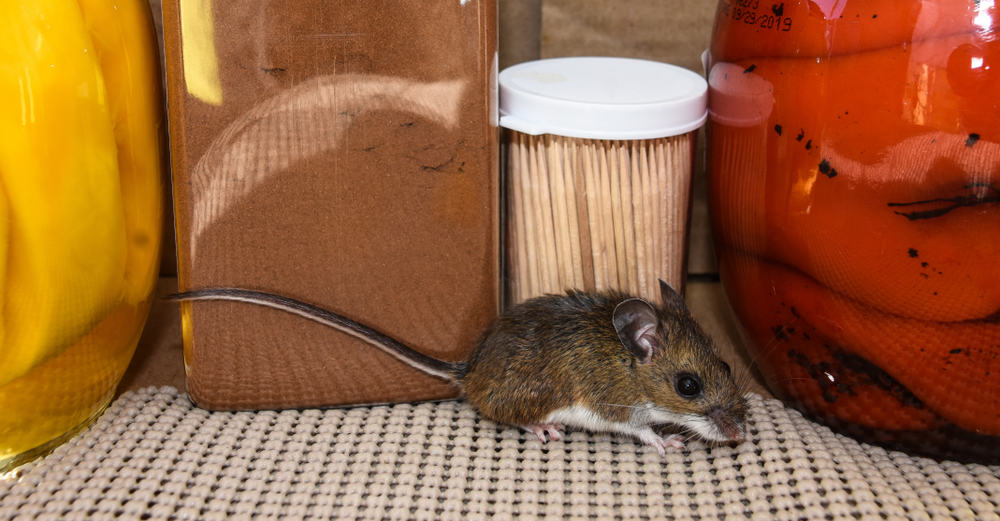Have you been struggling to get rid of mice in your home? Seeing one scurrying around can be unnerving. While some chemical-based products claim to make mouse removal easier, natural remedies often prove more effective.
So, before you go straight for the poisons and traps, we recommend trying a few humane methods of catching mice. Read on for some simple steps on how to catch a mouse without using any unsafe substances.
Understanding the Behavior of Mice
To effectively catch a mouse, it is important to be aware of its natural behaviors and tendencies.
1. Habitat
They are social animals and usually live in large groups. They prefer to make their homes in dark, warm, and secure places, such as attics, basements, and wall cavities. This will help you understand where to set traps to catch them and effectively eliminate them from your home.
2. Behavior Patterns
They are also nocturnal creatures and are most active at night. They are also excellent climbers and can fit into tiny spaces, making them difficult to catch. Understanding their behavior patterns is crucial in determining the best ways to trap them.
3. Diet and Feeding Habits
Mice are omnivores and will eat almost anything available to them. They are particularly fond of sweets and will seek out food sources in the home. This should help you effectively use bait to lure them into traps.
Easy Guide on How to Catch a Mouse
Rodents are actually smart enough to avoid being caught, so you need to get your techniques right. Here are some of the best methods for catching a mouse:

Method 1: Using A Cage And Box Trap
This type of trap consists of a cage with an open door and a box inside the cage that contains bait. When the mouse enters the cage to get the bait, it triggers the door to close behind them, trapping them inside.
To set up the trap,
- You must first protect your own hands with gloves to avoid cuts from setting up the trap.
- Next, be certain of the size of the mouse you want to capture so you can get just the right size of trap for it. Getting a bigger or much smaller one will not be effective, and your pet or kitten could get in.
- Choose a suitable location for the trap. Mice like to follow walls, so place the trap along a wall where you’ve seen mouse activity.
- Bait the trap with something that mice like to eat, such as peanut butter or cheese.
- If it’s a cage trap, set it by pulling back the metal bar that holds the door open and securing it with the metal trigger.
- Place the trap in an area where you have seen signs of mouse activity, such as droppings or chewed items.
- Check the trap regularly, at least once every 24 hours. If you catch a mouse, wear gloves to protect yourself and take the trap to a location far away from your home to release the mouse immediately.
Method 2: Using Glue Traps
These traps are made of cardboard or plastic and contain a sticky adhesive that will trap the mouse when it steps on it.
Here is how to set them up
- Apply the bait on the edge of the trap. You could use wet pet food or peanut butter to make it effective.
- Place the glue trap in an area where you have seen signs of mice recently. Place your trap along the mice’s active runway. It could be your kitchen appliances, cupboards, shelves, or wardrobes. But we recommend you place the trap against a wall
- Check the trap regularly and remove any caught mice immediately.

Precautions to Take When Using a Glue Trap
- Select the right glue trap size. Using a small glue for a big-sized mouse would make it easy for the mouse to break free.
- Ensure you use gloves to prevent your fingers from getting sticky and hide your scent.
- Follow all local rules and regulations stated on the data booklet of your glue trap if you have one. It will be a lot of help too.
- Check frequently to release any mouse caught before it dies of struggle. Remember, the goal is not to kill
Method 3: Using a Bucket Trap
This method is probably the most effective and doesn’t require much. Once you have an obsolete bucket, a wire hanger, and your bait with a pair of pliers, you can probably have all the mice in your bucket.
To get started;
- Drill or punch a hole in the center of the bottom and top of the tin can.(you can use a roller as an alternative)
- Drill a hole at the top of opposite sides of the bucket
- Cut a hanger to a straight size and thread it through the hole in the tin and bucket can. It should extend about 4-6 inches on either side.
- Now you should have your tin can roller right in the middle of the bucket and being held in place by the hanger.
- Place a generous amount of peanut butter around the tin can and inside
- Put a scrap of wood against the side of the bucket to form a ramp leading up to the rim.
Advantages Of Mouse Traps
- Compared to other pest control methods, mouse traps are relatively inexpensive, making them a cost-effective solution.
- Mouse traps are simple to set up and use, requiring minimal training or expertise.
- When used correctly, mouse traps pose little risk to non-target animals or humans, making them safer than baits or poisons.
- Mouse traps are easy to dispose of and do not leave a mess or residue, making them a hygienic solution for controlling mice in a home or business.
Disadvantages Of Mouse Traps
- If a mouse population is large, it may be difficult to control it with just a few traps.
- Although mouse traps are designed to catch mice fast, some people may consider them inhumane as they may sometime kill the animals.
- If not handled carefully, mouse traps can cause injury to the person setting or disposing of them.
- mouse traps can accidentally catch non-target animals, such as birds or small pets.
- Traps must be checked regularly and disposed of properly, which can be time-consuming and unpleasant.

General Safety Precautions when Setting up Traps
To ensure the safety of humans, pets, and trapped mice when setting up mouse traps, follow these precautions:
- Place traps in areas that are not accessible to children and pets.
- Use gloves when handling mouse traps and bait to prevent the spread of diseases.
- Avoid using poison bait, as it can harm non-target animals and pose a risk to children and pets.
- Check traps frequently to remove dead mice and release live ones in a safe location far from human habitation.
- Store mouse traps and bait in a secure place, out of reach of children and pets.
- Dispose of dead mice properly to prevent attracting other pests and to reduce the risk of disease.
- Consider using humane traps that allow for the live capture and release of mice than lethal traps.
Mouse-proofing Your House
A mouse can cause damage to your home and pose a health risk, so it’s important to mouse-proof your home to prevent an infestation. Here are some steps we recommend you follow to keep mice out of your home:
- Seal all entry points: mice can squeeze through very small openings, so it’s important to locate and seal all possible entry points, including cracks and holes in walls, ceilings, and floors, as well as gaps around pipes and cables. Use steel wool, mesh, or silicone caulk to fill these spaces.
- Store food properly: mice are attracted to food, so ensure you make that unavailable by storing food items in sealed containers and disposing of any food waste promptly and properly.
- Keep your home clean: Keep your home free of clutter and regularly clean up any food crumbs or spills to reduce the chances of attracting mice. Also, fixing any leaks and removing sources of standing water can reduce the chances of attracting mice.
- Professional Extermination: If your mouse problem is severe or you cannot solve it, consider hiring a professional exterminator. They can provide more effective and long-term solutions to keep mice away from your home.
Conclusion
From understanding their behavior, habitats, and feeding habits, to using the right type of trap and taking necessary safety precautions, you should be able to catch mice and solve any infestation n your home.
Actionable Steps to remember:
- Identify the areas where mice are present in your home.
- Take measures to mouse-proof your home, such as sealing cracks and holes and properly storing food.
- Choose the type of trap best suited to your needs, such as live traps, snap traps, or bucket traps.
- Bait the traps with food that mice are attracted to, such as cheese or peanut butter.
- Place the traps in areas where mice are known to travel and check them regularly.
- Dispose of trapped mice humanely, following local regulations.
If you have any questions or need further clarification on setting up your traps, please leave a comment below, and we will be happy to assist you.
